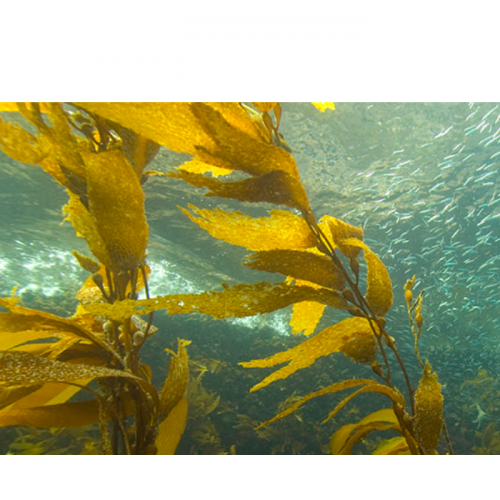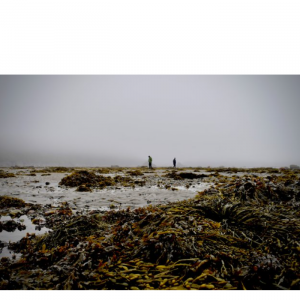
What is Seaweed?
| Wed, 30 Dec 2020 - 13:59
Some seaweeds are microscopic, such as the phytoplankton that live suspended in the water column and provide the base for most marine food chains. Some are enormous, like the giant kelp that grow in abundant “forests” and tower like underwater redwoods from their roots at the bottom of the sea. Most are medium-sized, come in colors of red, green, brown, and black, and randomly wash up on beaches and shorelines just about everywhere.
The vernacular “seaweed” is a bona-fide misnomer, because a weed is a plant that spreads so profusely it can harm the habitat where it takes hold. (Consider kudzu, the infamous “mile-a-minute vine” that chokes waterways throughout the U.S. Southeast). Not only are the fixed and free-floating “weeds” of the sea utterly essential to innumerable marine creatures, both as food and as habitat, they also provide many benefits to land-dwellers, notably those of the human variety.
Also read: Physiological, Biochemical Responses of Red Alga to High Temperature
Seaweed is chock-full of vitamins, minerals, and fiber, and can be tasty. For at least 1,500 years, the Japanese have enrobed a mixture of raw fish, sticky rice, and other ingredients in a seaweed called nori. The delectable result is a sushi roll.
Many seaweeds contain anti-inflammatory and anti-microbial agents. Their known medicinal effects have been legion for thousands of years; the ancient Romans used them to treat wounds, burns, and rashes. Anecdotal evidence also suggests that the ancient Egyptians may have used them as a treatment for breast cancer.
Also read: Use Biofilter to Minimize Nitrogen Waste
Certain seaweeds do, in fact, possess powerful cancer-fighting agents that researchers hope will eventually prove effective in the treatment of malignant tumors and leukemia in people. While dietary soy was long credited for the low rate of cancer in Japan, this indicator of robust health is now attributed to dietary seaweed.
These versatile marine plants and algae have also contributed to economic growth. Among their many uses in manufacturing, they are effective binding agents (emulsifiers) in such commercial goods as toothpaste and fruit jelly, and popular softeners (emollients) in organic cosmetics and skin-care products.
Source: oceanservice.noaa.gov






















